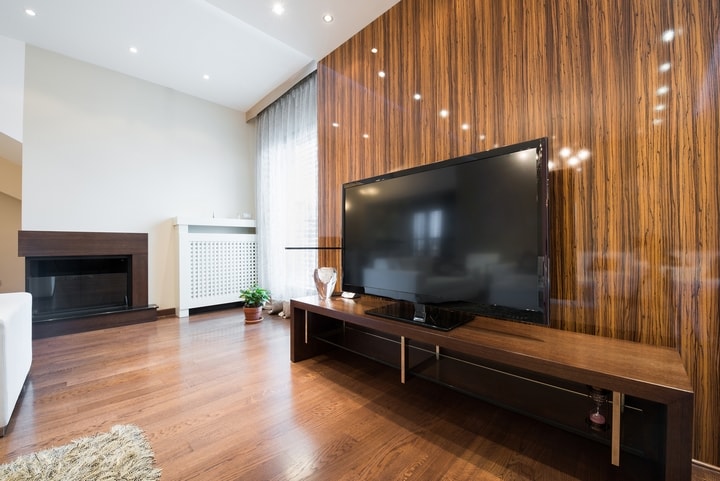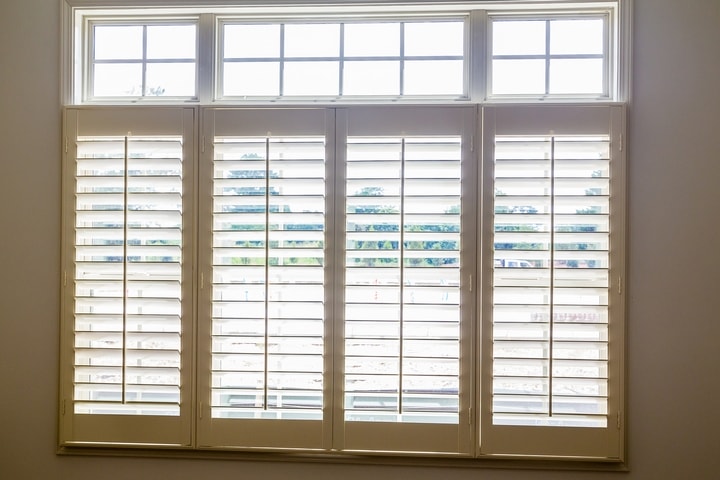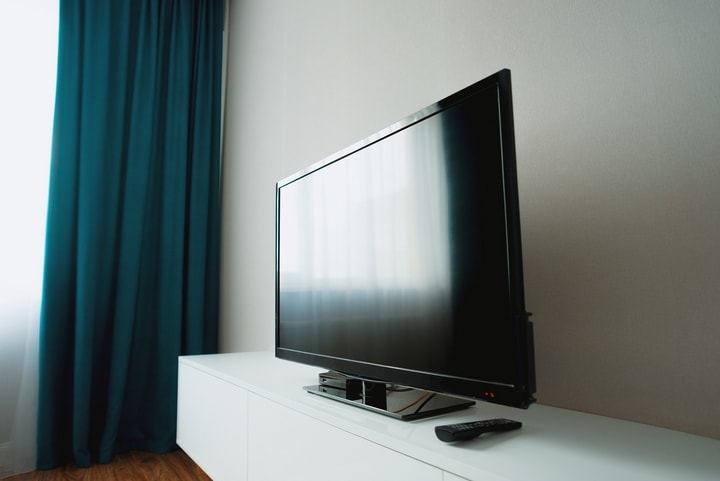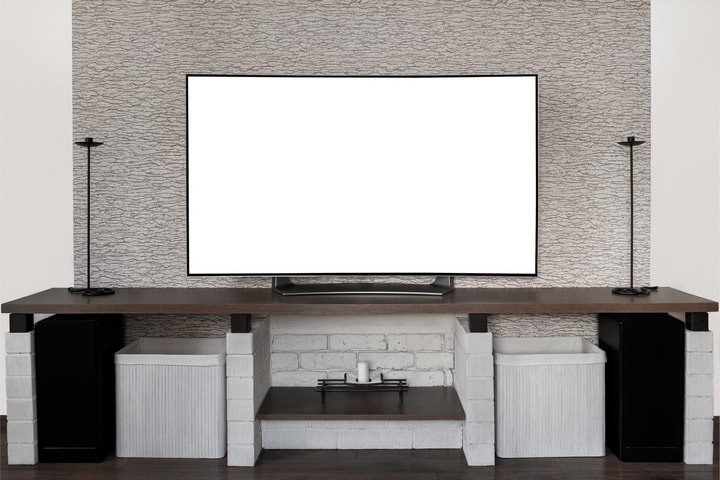An LED TV stand can be a genuine upgrade when placed with care. In many homes, people wrestle with where to position the TV and how to orient it for the best view. A sturdy stand matters, but the real payoff comes from thoughtful placement that respects room layout and daily viewing habits. For any living space, the goal is a balance of accessibility, aesthetics, and comfort. When a stand is built solidly and offers clean cable management, the TV becomes a natural focal point rather than a cluttered afterthought. A well-planned setup makes everyday viewing more enjoyable and lowers neck strain during longer sessions.
Here are practical approaches to arranging a TV so it delivers strong picture quality while blending with the room. The aim is to maximize viewing comfort and harmony with the decor. Start by choosing a sturdy, well-made LED TV stand that matches the room’s style and supports the TV securely. Consider how the stand’s height relates to seating and whether it provides adequate ventilation to prevent overheating. Also assess whether the stand will stay stable on carpet or hardwood and whether it has enough space for a sound system or gaming consoles. Finally, plan the placement so that the screen sits at eye level and allows easy access for cable connections and daily use.
These guidelines help owners position a TV so it feels natural in the room, is easy to view from the main seating, and remains adaptable if the space changes.
Position the TV at a reasonable distance

For a typical 50-inch display, seating about 8 to 10 feet away provides a comfortable balance between immersion and eye comfort. Some layouts place viewers farther back, which can soften detail and dull color perception. Start with that range and then align the stand so the screen’s center lines up with the primary viewing position. Consider the various seating options like sofas, recliners, or sectionals, and note the average eye height in the main seats. The viewing angle influences color accuracy and motion clarity, especially with fast moving content. In rooms with several chairs, aim for nearly uniform image quality from the main seats so everyone enjoys the show.
Position the TV out of the sunlight

The goal is to minimize direct sun on the screen because glare washes out contrast and can shorten panel life. Bright windows can reflect off the surface and force viewers to shift positions. Place the stand away from strong light and use curtains or blinds during bright parts of the day to curb glare. If natural light cannot be avoided, use an anti glare screen or reconfigure seating so the main viewing axis avoids direct sun.
Place the TV at an angled down position

A practical adjustment is a slight downward tilt for comfortable viewing. The exact tilt depends on the mounting height and seating. If the screen sits too low, tilt may help; if it is already well aligned, a flatter orientation may be better. The goal is a natural line of sight that reduces neck strain and keeps the picture within easy focus. In practice, a modest downward angle helps everyone in the main seating area see the screen without craning the neck. Fine tune the tilt for the most frequent viewing position. A small tilt can also help minimize reflections from lamps or glossy surfaces, making the image clearer in the evening.
Set the TV at the right height

The right height depends on the stand, the furniture surface, and the viewer’s eye level when seated. If the height is off, neck discomfort can creep in during long sessions. Choosing a sturdy stand with proper height makes a noticeable difference right away. A well-balanced setup draws attention to the display and creates a cohesive look in the room. For most seating arrangements, the eye line should align with the center of the screen when seated, with a touch of adjustment to match furniture height and personal comfort. Measuring from the floor to the eyes in a typical sitting position helps pinpoint the ideal centerline. The right height also supports a clean cable path, better airflow, and a balanced overall aesthetic.